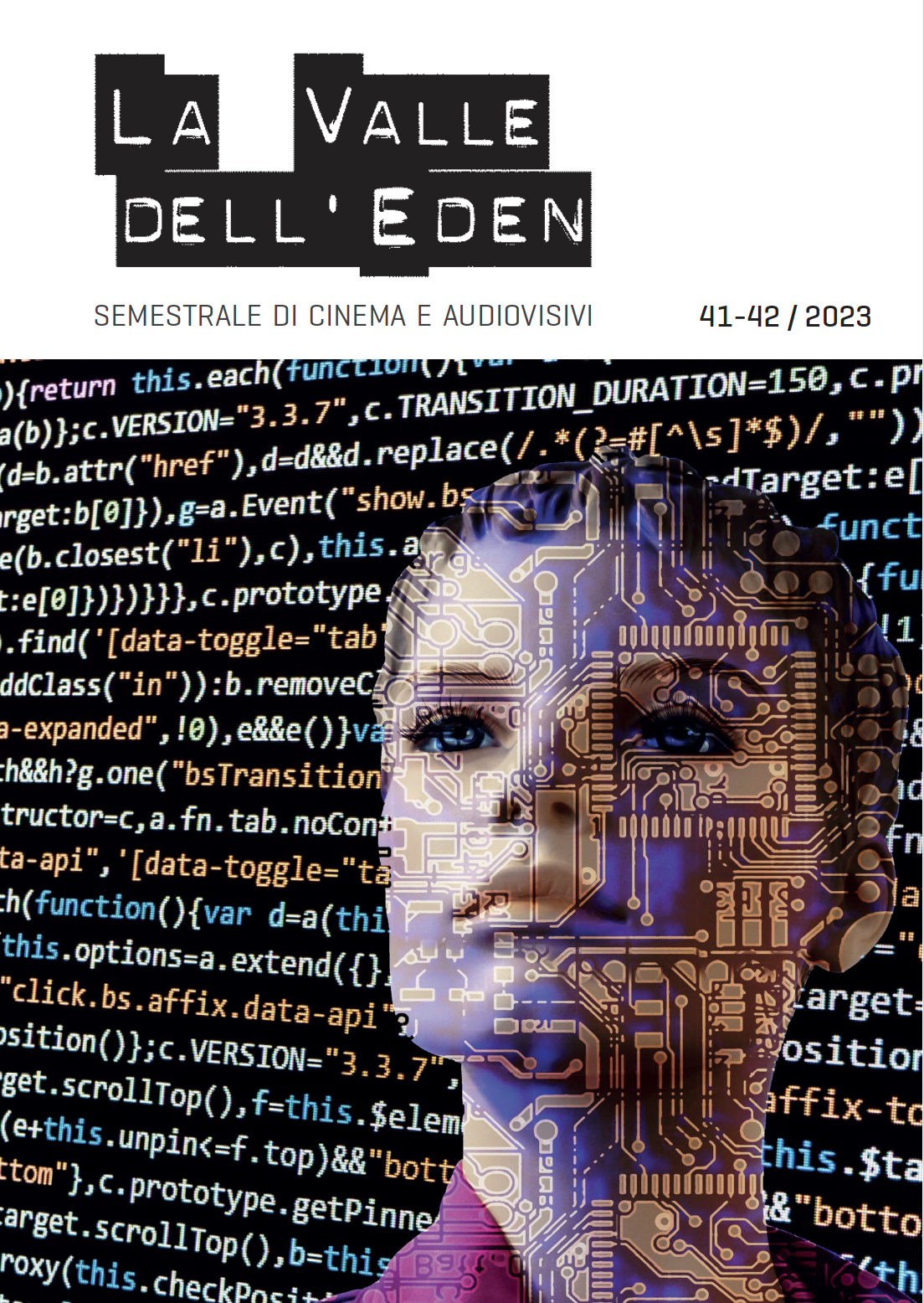Archaeology of the postphotographic image
Photogrammetry, photometry, and the post-optical regime (in nineteenth century astronomy)
DOI:
https://doi.org/10.13135/1970-6391/10835Abstract
This essay focuses on a key aspect of contemporary, or algorithmic, photography: its auton-omy with respect to human vision. This characteristic pertains as much to the photographic gesture, in the latest devices increasingly less based on disciplining the eye, as to the very nature of the created image which, due to the algorithms employed, no longer corresponds to the perceived, the instantaneous, the singular. The article traces a possible genealogy of this apparently unprecedented version of the photographic, by reconstructing the moment 196 abstracts in which photography disengages itself from the act of seeing. This took place in the context of late Nineteenth century astronomy, in which an already “digital” practice of the ana-logue trace succeeded, first with photogrammetry and then, thanks to the labour of women “computers”, with photometry and spectrometry. The film negative was here construed as an archive of non-optical data which was nonetheless useful for the creation of maps or diagrams. These iconic acts – production of icons in Peirce’s terms – not corresponding to visual acts, but still indexical for their existential link with the celestial bodies, may also represent the semiotic model of contemporary technical images, for which, consequently, the label of post-photography can be reinstated.
Downloads
Published
Versions
- 2025-02-27 (2)
- 2023-12-23 (1)
How to Cite
Issue
Section
License
Copyright (c) 2023 Barbara Grespi

This work is licensed under a Creative Commons Attribution-NonCommercial-NoDerivatives 4.0 International License.


